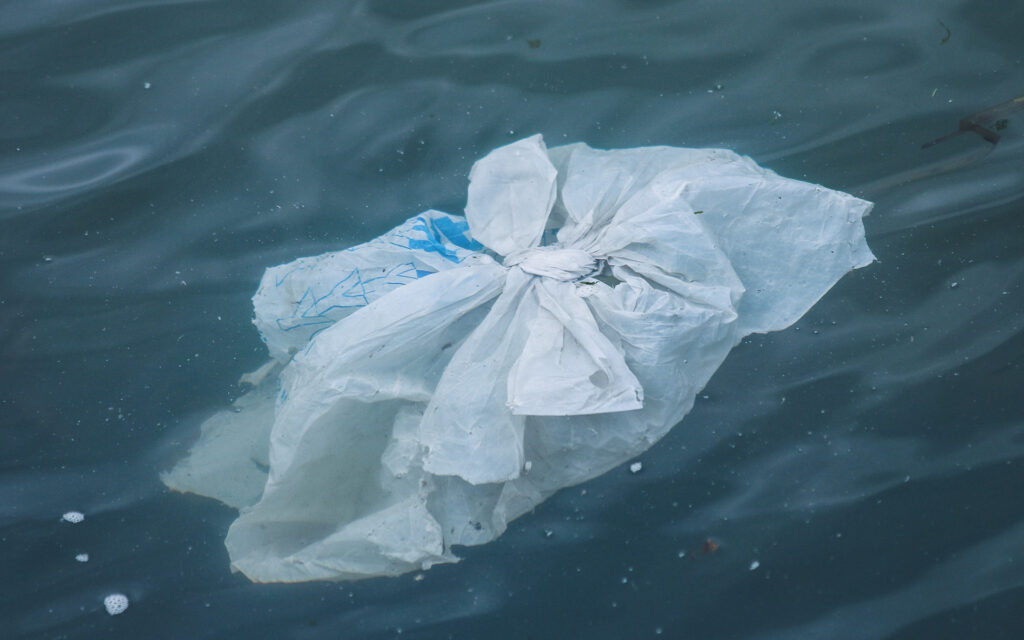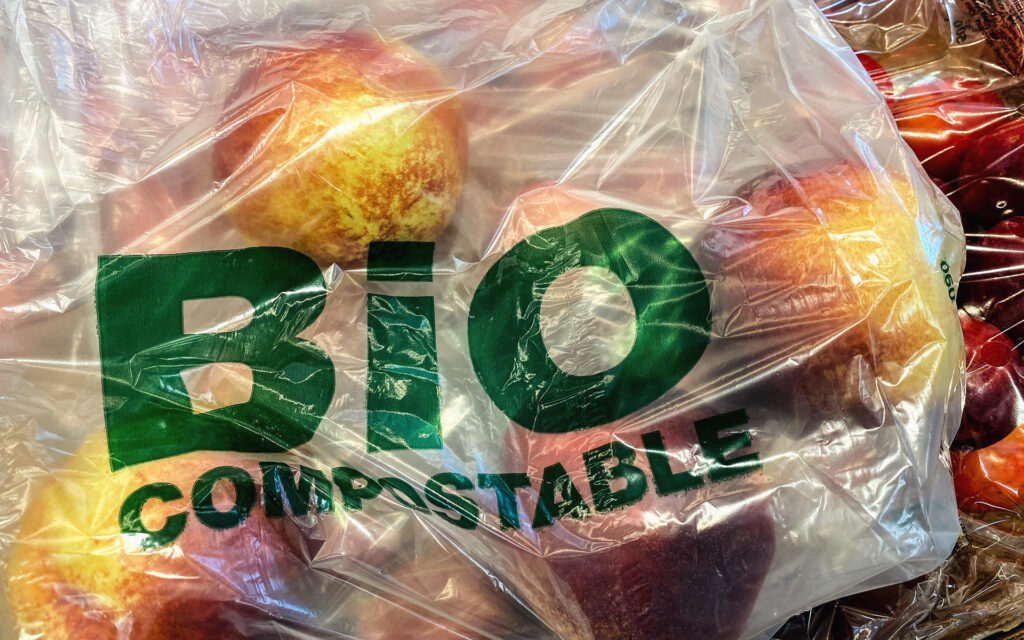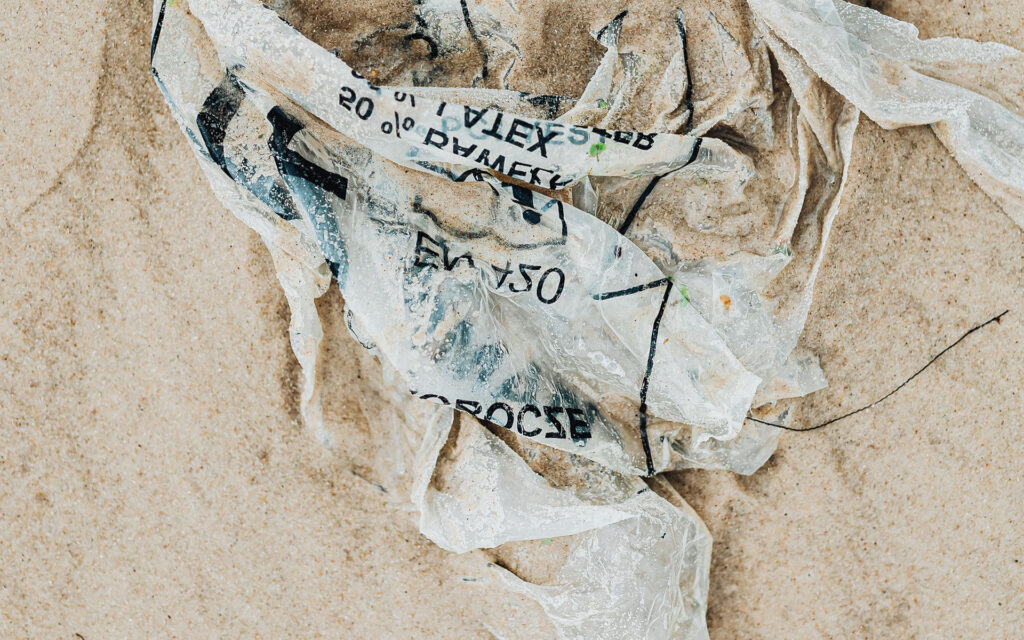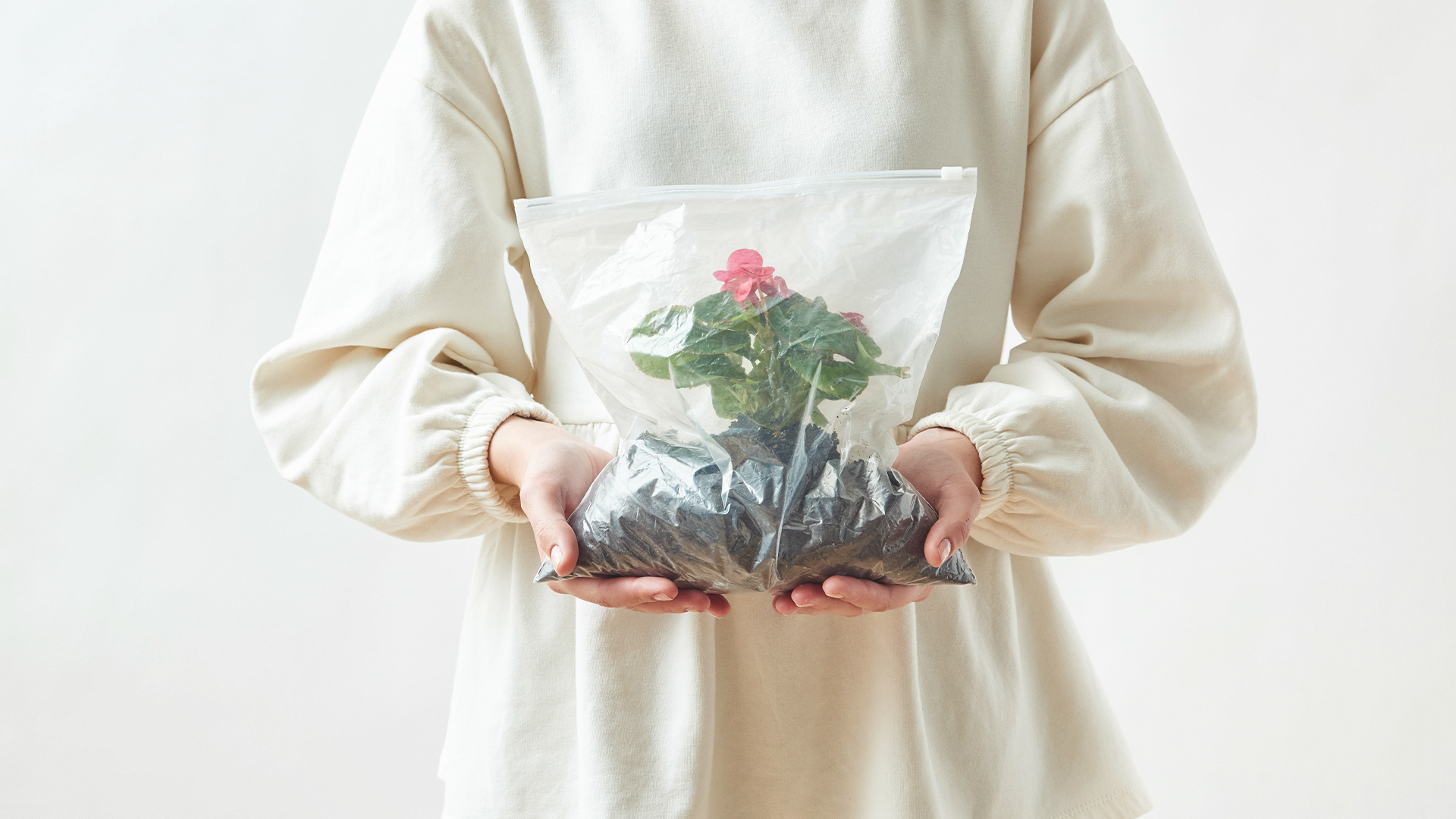It is common knowledge that plastic is a global problem. After a little more than half a century of entering the market in the form of bags, plastic today represents one of the biggest environmental problems in the world. In this same period, it is estimated that at least 139 million tonnes of plastic waste have accumulated in aquatic environments (i.e., rivers, lakes, oceans). In addition, 358 million tonnes of this waste are produced each year, of which at least 22 million are discharged directly into the environment.
These are just a few figures, published by France24, that demonstrate the magnitude of the problem humanity is facing and how worrying the situation is for the planet’s health.

Thus, to reduce its use, and consequent pollution, different countries have adopted measures such as prohibitions, regulations, or taxes. These focus mostly on the most common and massively used plastics: straws and bags. To cover the market share, developed largely by our bad habits, multiple options have appeared in recent years claiming to be more sustainable than their counterparts.
There are many variables to consider when finding the winning option. How we obtain the raw material, the production process, the energy expenditure, the transport, and the footprint it will leave after fulfilling its purpose: each stage of its cycle (and of any product) generates an environmental impact.
According to National Geographic, plastic bags, although made of polyethylene (derived from petroleum), generate fewer carbon emissions in their production compared to their paper or cotton counterparts. They are more resistant and reusable since they would be used at least twice: to carry the product and to contain the garbage. The problem: they do not biodegrade. They eventually break, but they do not degrade. They remain in the environment as microplastics for decades, and even hundreds of years, endangering the life of every species on the planet, including our own. Microplastics can be found in the ocean, in the soil, and the air, forming part of the food chain of millions of species.
Against this backdrop, the search for a replacement arises. Paper bags, cloth bags, and biodegradable bags are the main options. However, the latter are the ones that have been replacing plastic bags with greater force as they are mostly used in supermarkets, convenience stores, and food delivery.
The reason for this choice is that biodegradable bags, like plastic bags, are more suitable for transporting wet or liquid products. They have a higher insulation and waterproofing capacity unlike paper bags, for example. They are also easier to transport as they are lighter and take up less space.
Biodegradable bags are those that, as the name suggests, will be broken down by microorganisms. Within this category, you can find biodegradable bags per se, compostable bags, and oxo-degradable bags, also called oxo-biodegradable bags.

A biodegradable bag is not necessarily compostable. But to be compostable, it must necessarily be biodegradable. Being compostable means that its decomposition will serve to nourish the soil, becoming compost thanks to human intervention. Here is the interesting detail: it needs the action of man and to be under specific conditions for it to work.
If you compost at home, you most likely will not be able to use your bag for that purpose, even though it is designed to decompose. Domestic facilities do not have the appropriate circumstances that bags require, so in practice their composting advantage becomes very difficult to realize, rendering their purpose useless.
On the other hand, the industrial facilities that would provide a conducive environment are scarce. They are not present in every city in the world, nor is there an adequate collection network. Even if they are broken down in the right facilities, there is not enough evidence to ensure their benefit to the soil.
Unlike these, oxo-degradable bags contain an added chemical compound that allows them to degrade, fragmenting more quickly. However, they are not considered to have any environmental advantage, as their trail continues to pollute. It may disappear visually, but it remains in the environment in the form of microplastics. For this reason, its use has been classified as worrying, and it has been banned in the European Union.
A Spanish study by the IDAEA-CSIC suggests that biodegradable bags could be more toxic for compost than conventional bags. This is because, being more difficult to process, they use a greater number of chemical additives in their manufacture, which could be toxic. The toxicological study was conducted with fish cells, which showed a higher level of toxicity with biodegradable bags than conventional ones, indicating that the formulations present in them would be harmful to health.
Thus, they highlight the need to investigate the formulations used by manufacturers, and to conduct further studies on the effects they would have on the environment and to our health. It is worrying because it seems to indicate that the thought solution to plastic would be more or just as dangerous.
They also cannot be recycled like plastics. Whether they are biodegradable, compostable, or oxo-degradable, they must be separated from conventional recycling, because they cannot be recycled as plastic as such. What is more, they pollute the recycling stream, rendering the recycling stream with which they were mixed useless.
As indicated by the World Wildlife Organization, it cannot and should not be assumed that there will be a magic solution that solves the problem. There is a lot to do.
Biodegradable and compostable plastic alone will not solve the plastic pollution crisis. Instead, there are many levers that need to be pulled to reduce and reuse plastic and move to a circular economy. In fact, we cannot even rely on the assumption that these materials will not cause environmental damage if they end up as garbage.
-WWF
Biodegradable plastics, for the time being, work better in theory than in practice. Many of the bags classified as “biodegradable”, contrary to what one might think, do not decompose completely, leaving microplastic waste in the environment. If they are not responsibly managed, they will continue to be waste, and if they are not biodegraded correctly, they will continue to be pollutants to nature.
The term “bio” can be misleading to the average consumer into believing that its use is environmentally friendly and has no impact. They use “bio” because it is a biological process, but not because it is going to be converted into organic material.
People mistakenly throw them away believing that they will disintegrate over time, and since they are bio, they will not harm the environment. But nothing magically disappears without leaving a mark on the planet. They may disappear visually, but they remain in the environment.
That is why there is no winning option at the moment. Each has its advantages and disadvantages. They all have an impact on the planet, whether it is for their production, their components, their waste, or basically, their entire life cycle. Some may choose biodegradable bags, others cloth bags, but in the end, they all have a cost.
The best option will be the one you reuse thousands of times. The worst is the one you use only once. So, reuse the one you have as many times as you can. The impact it had on its production is just as important as the impact it will have after fulfilling its primary purpose, the afterlife, the use you will make of it, and what will be left of it on the planet.

The approach of manufacturer and the companies that use it is also extremely important. Promote reuse, and find solutions to reduce the use of any bags, collection nets, and adequate systems for composting, among others. They must consider taking responsibility for and taking care of the waste they generate.
Governments need to act and propose more precise regulations for the use of the term, for manufacturing, marketing, and its use. We must be responsible for our actions and change our behavior as consumers. Just as important as the criteria of these entities are your criteria to make the best and greatest use of what you already have. We will have to think now, and rethink, the way we use and discard.





